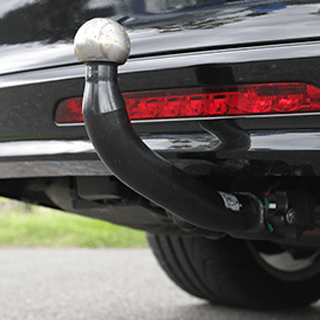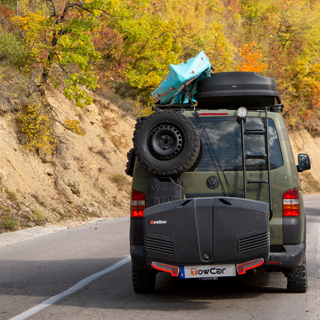Fastening the bicycle carrier
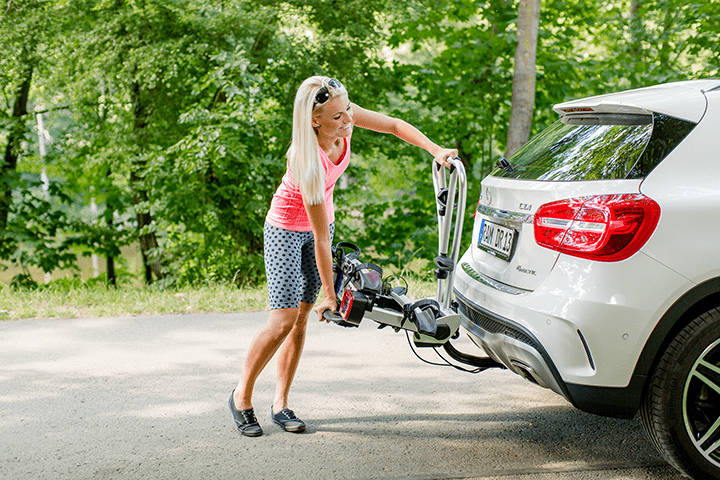
When the weather gets better in spring and you want to get out of the city and into nature by bike after work or on weekends, many people need their car for this. It is not uncommon for the next park or forest that you would like to explore by bike to be many kilometers away.
There are a variety of transport solutions for bicycles using cars, but how exactly do the bicycles get to, onto or into the car and how are the corresponding bicycle carriers attached to them? And since the methods of fastening bicycle carriers usually vary greatly from manufacturer to manufacturer, we have compiled a clear overview of the most important systems for you and cleared up the most frequently asked questions about assembly, loading and legal regulations in simple terms.
Table of contents
- Assembly on the towbar
- Fitting of the bicycles
- Alternatives for vehicles without a towbar
- Bicycle carrier guide
Assembly on the towbar
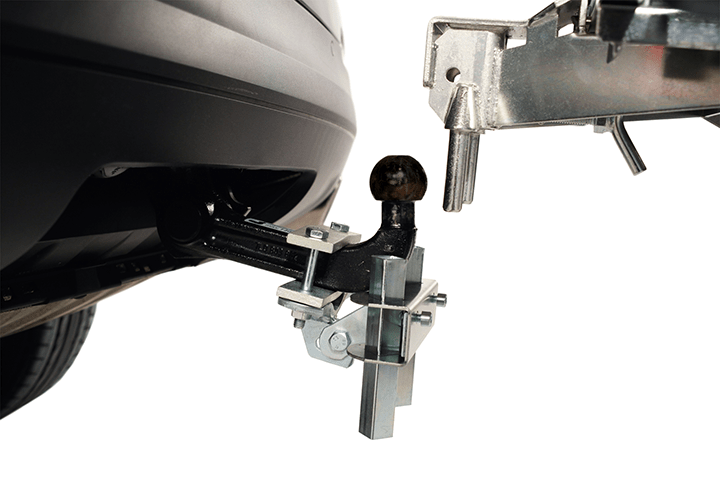
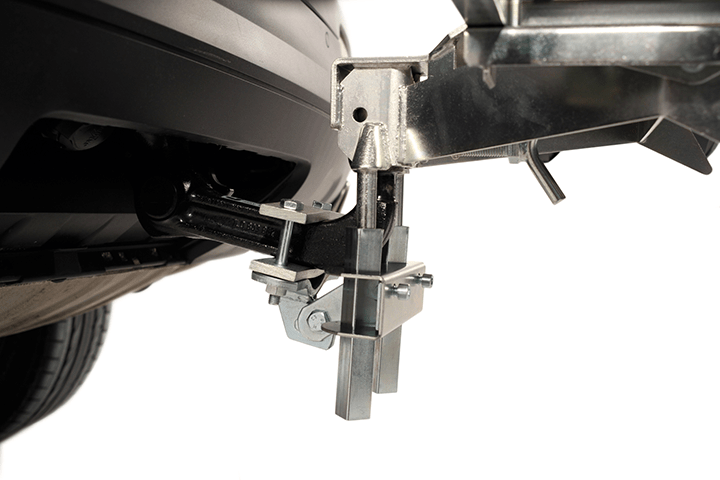
Clamp and stabiliser socket
- Attach the stabiliser socket to the ball neck of the towbar and align it.
- Insert the bicycle carrier with the guide bolts vertically into the stabiliser socket and lock it with a tommy nut.
- An additional adapter is available for towbars with a square ball neck.
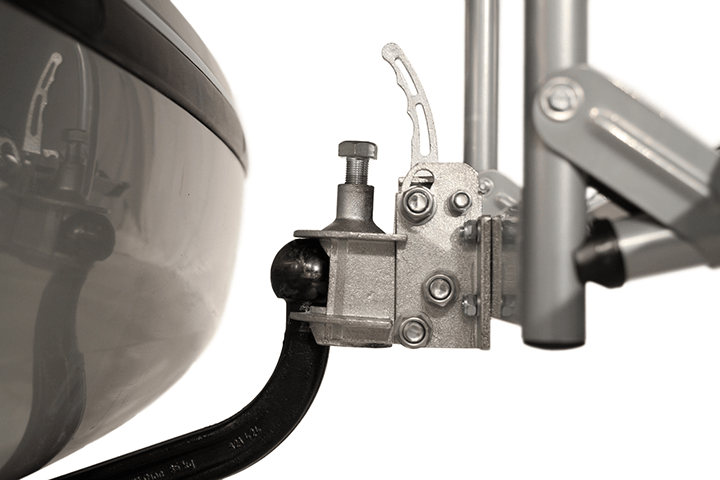
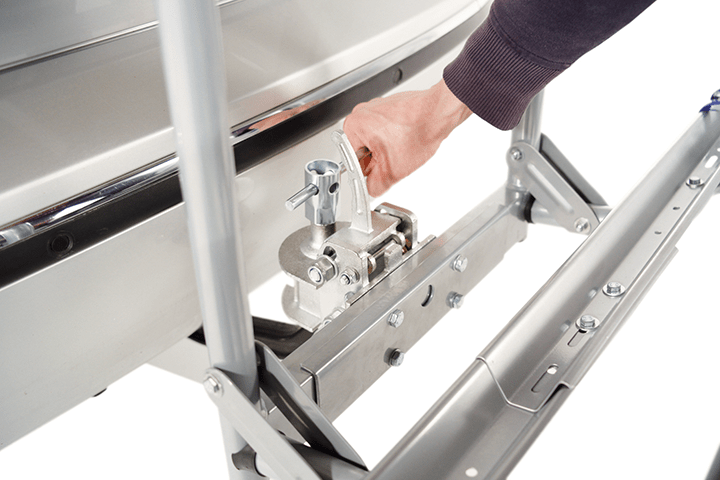
Screw connection
- Push the bicycle carrier horizontally onto the ball head of the towbar and align it horizontally.
- Lock the bicycle carrier on the ball head with the enclosed socket wrench and the assembly bar.
- Then tighten the locking screw with a torque wrench.
- e.g. F.lli Menabo Race 3
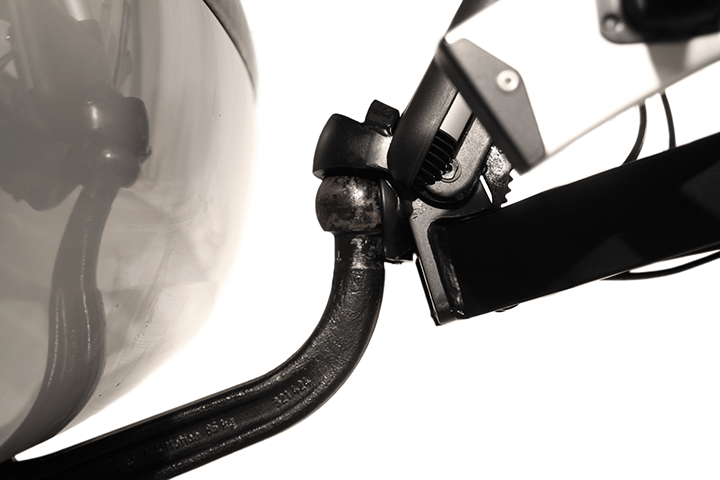
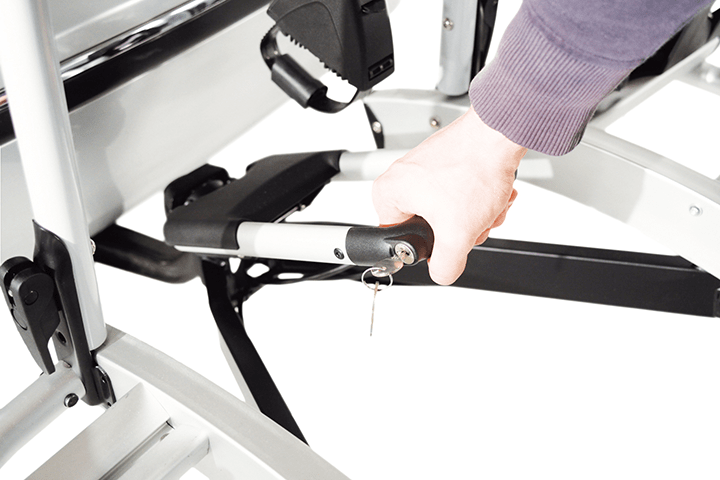
Clamping device
- Fully open the lever lock before putting the bike carrier on the ball head.
- Then press the integrated tensioning lever on the bicycle carrier completely down and lock the anti-theft device.
- The anti-theft device for the bicycle carrier is included with all clamping devices.
- e.g. MFT Multi-Cargo-2 Family
Fitting of the bicycles
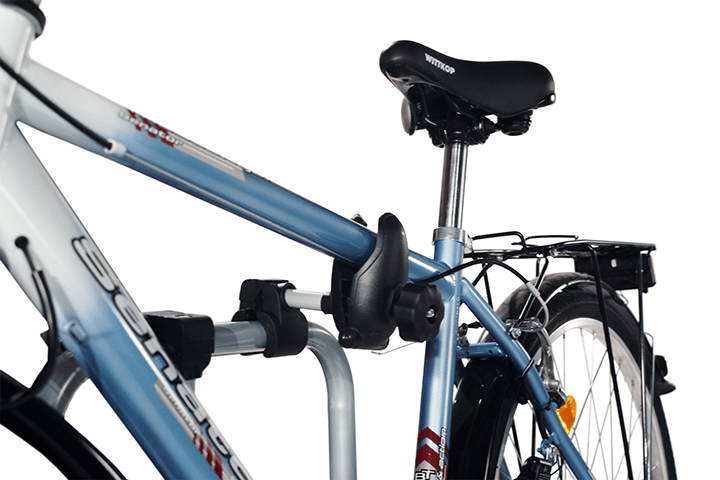
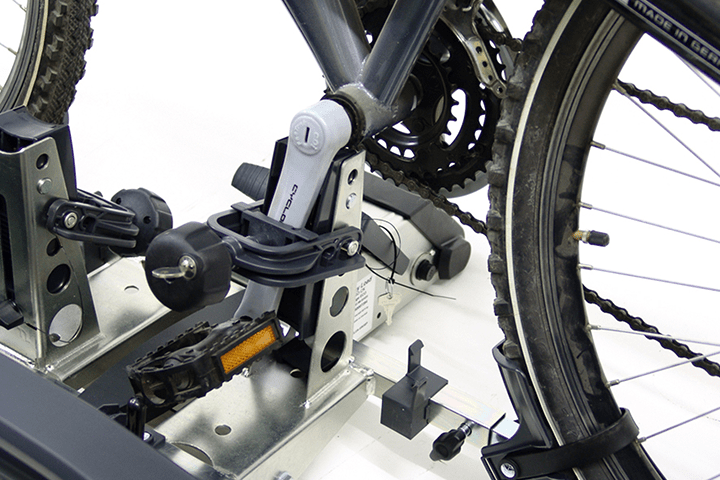
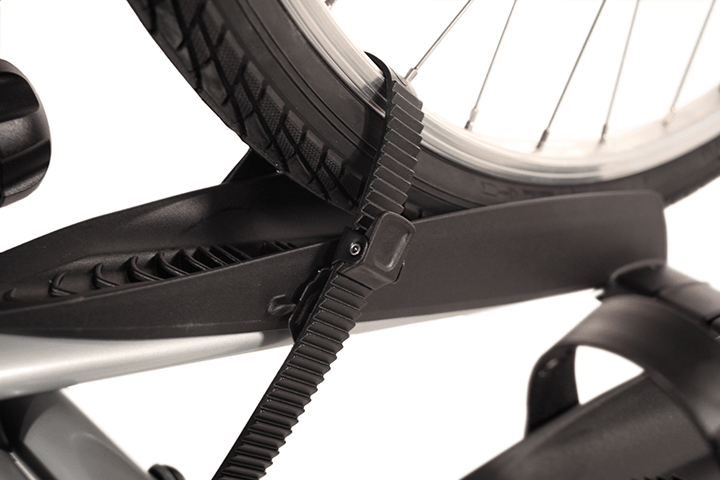
Frame fastening
Fastening using holding brackets for bicycles with a large frame diameter, an extension is available e.g. 152873
Pedal arm fastening
A claw is used to fasten the bicycle to the pedal arms. The attachment is independent of the bicycle frame.
Tyre fastening
For additional securing of the bikes, all bike carriers have tyre holders. These are individually adjustable e.g. 124062
Advantages
- easy fitting of the bikes
- hardly any wind noise
- only slightly higher fuel consumption
- with many bicycle carriers, access to the car boot remains ensured
- bicycles stay clean because they are not exposed to the airstream e.g. protection from insects
Tips
- the ball head must be free of grease
- note the frame diameter of the bicycles
- not all bike carriers are suitable for aluminium ball bars
- when fitting the bicycles, you should start with the heaviest bicycle
Requirements
- a 13-pin electrical set is a legal regulation
- recommended speed 130 km/h
- note the maximum bearing load and the D-value of the towbar
- if the third brake light is covered, an extension must be used
Alternatives for vehicles without a towbar
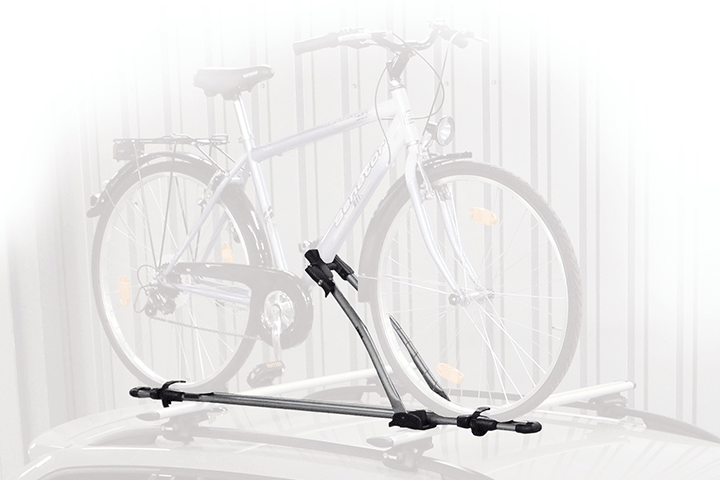
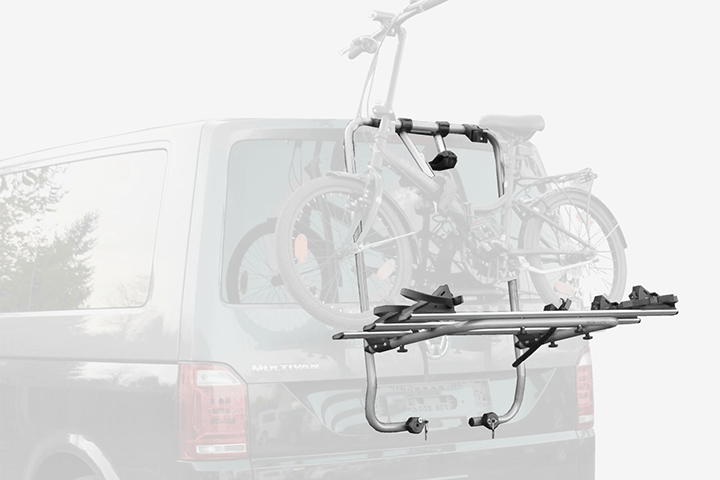
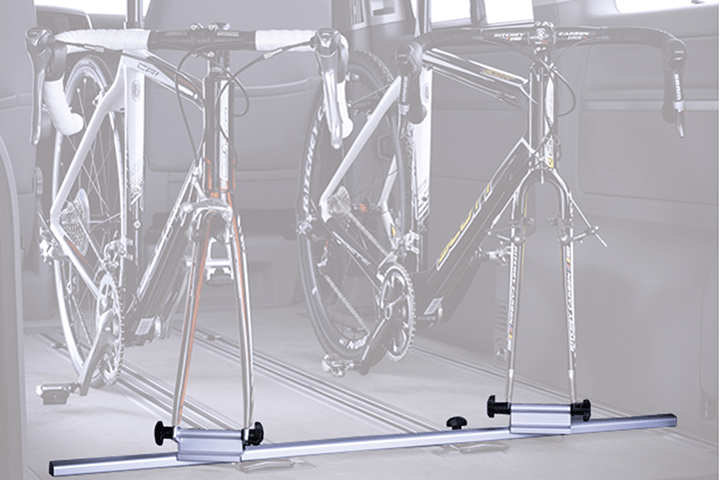
Roof bike carrier
Bicycle carrier is attached to the roof rack. Bikes are fitted using frame holders and tension bands. Note the bar thickness of the roof rack and the frame diameter of the bicycle.
e.g. Thule Free Ride 532
Rear bike carrier
Bikes are fitted using clamping elements, which are attached to the boot lid. For vehicle selection, refer to the manufacturer's list of uses. Not for cars with spoilers or plastic trims on the rear.
Bicycle carrier for the vehicle interior
The bicycle carrier is fitted in the rails of the seat attachment. Front wheel must be removed. Pay attention to the list of uses, as this bicycle carrier is not universally applicable.
Bicycle carrier guide
There are different methods of attaching a bicycle carrier and fitting bicycles on it. We hope that we were able to give you new information on both points to prepare you for the assembly of your bike carrier. If you still have questions, simply send us an email to info@rameder.eu or contact us by phone. We are grateful for any feedback in order to further develop the contribution. Of course, there are other interesting points about bicycle carriers.
If you want to get more information about this, our large bike carrier guide will help you. There we have summarised and explained in detail the most interesting bike carrier information for you. Furthermore, you will find our bicycle carrier finder to quickly and easily select the required carrier and to make buying a bicycle carrier easier.
